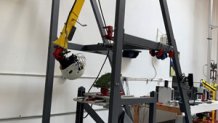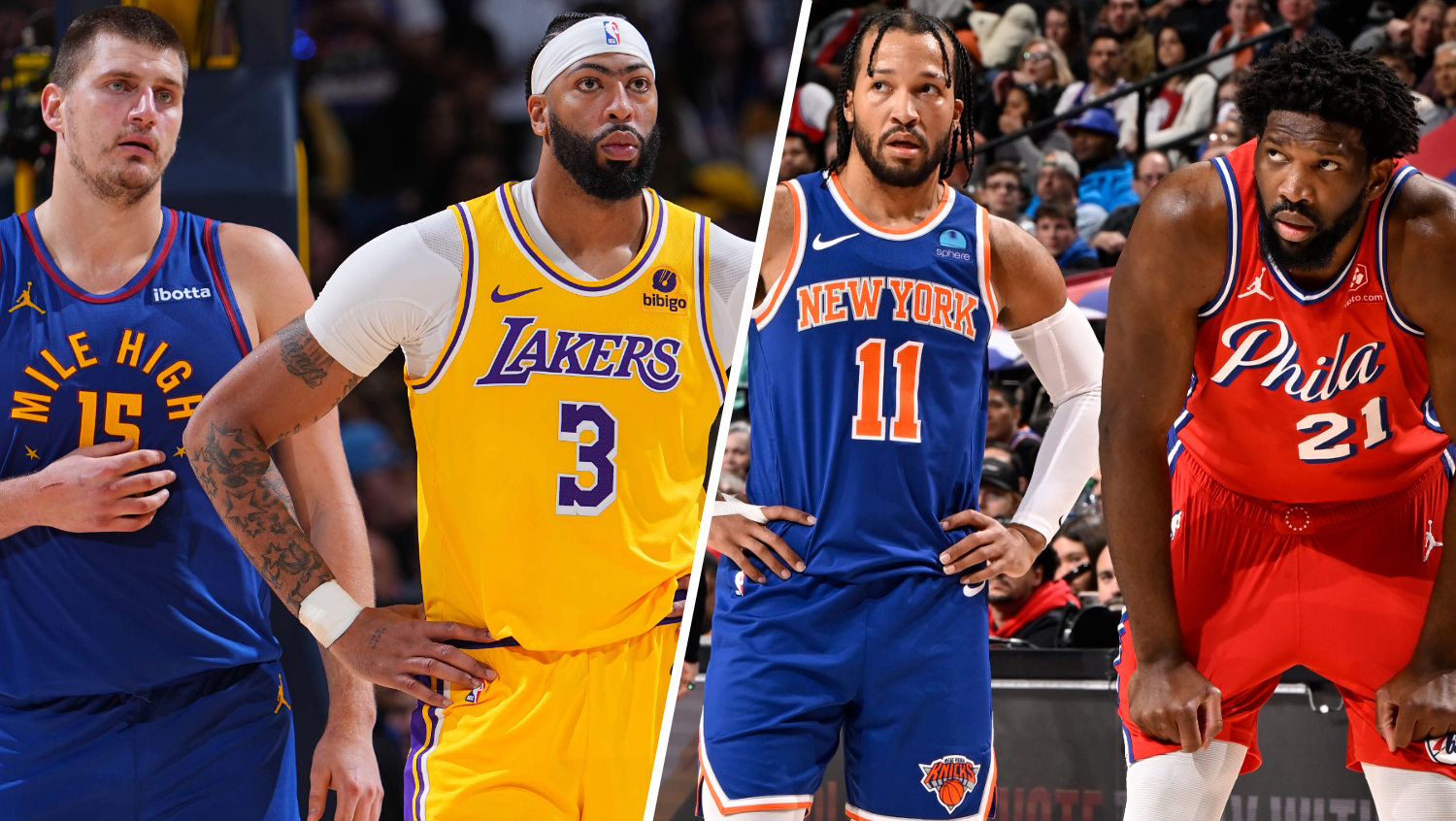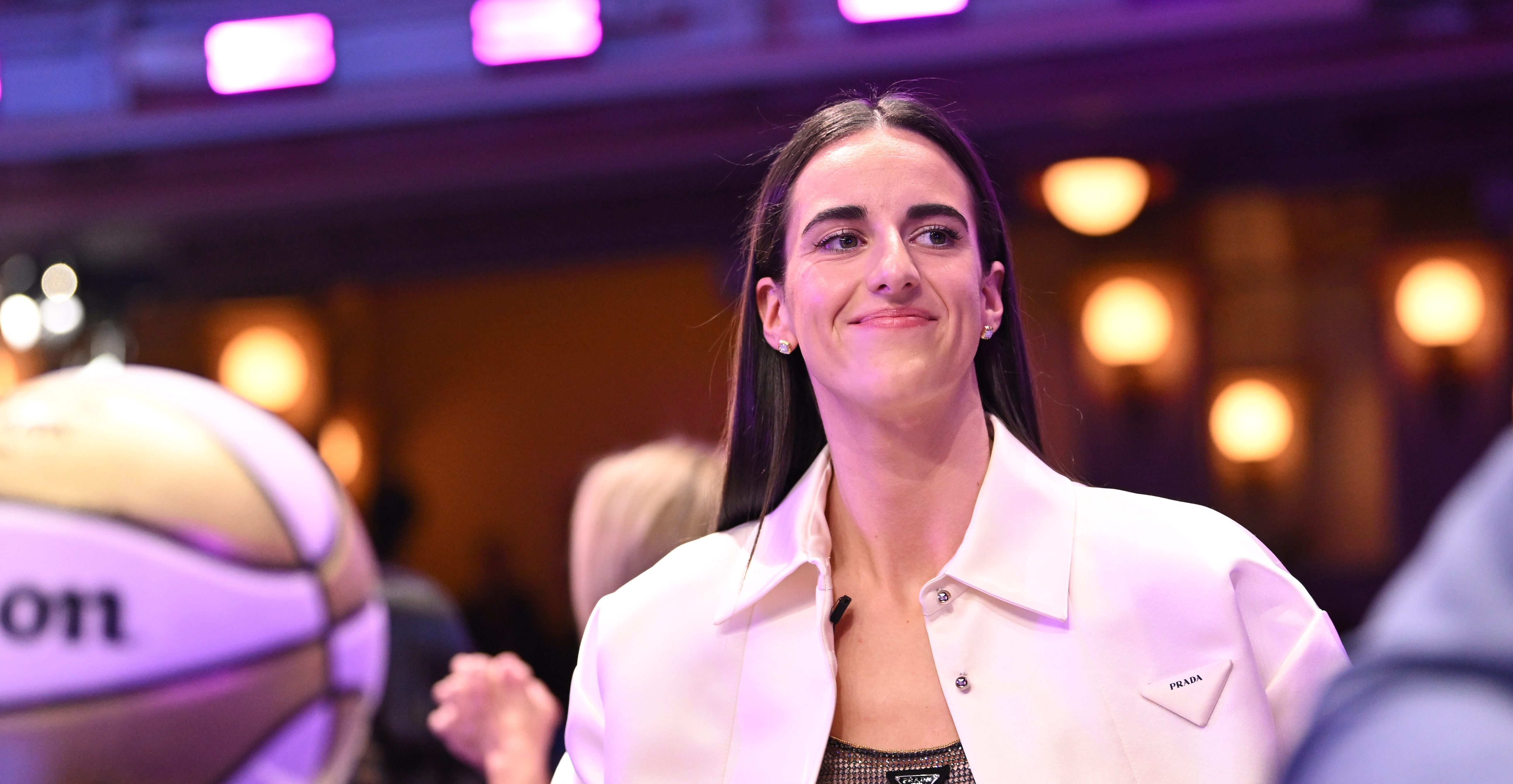High school football is in the fabric of North Texas.
"It's the biggest social event of the week in most communities," said UIL Deputy Director Jamey Harrison. "You see all of the communities come together. You see students being celebrated in a number of ways. It's a really, really special event."
A special event, but now having to face the biggest threat to its future, increased knowledge of concussions, head on.
"I wouldn't say I'm worried about the future of high school football," said Arlington Martin football coach Bob Wager. "We had over 225,000 people attend the Texas high school football state championships this year. It's one of the top-five most attended sporting events in the world. You have so many beautiful life lessons that I've learned from it and I've been able to teach using football as the vehicle. But our number one role and our number one responsibility is to send happy, healthy, successful kids out into the next phase of their life. So, it's made a significant impact on us, and it's forced us to try to gather as much information and be as aware as we possibly can because of the threat of injury."
It's a threat that has the UIL administration in Austin doing everything it can to combat concussions through regulation, including limiting football practice contact to 90 minutes per week, requiring every middle school and high school football coach in the state to take a tackling certification course, plus, working with UT Southwestern in a longform data study tracking every student athlete concussion that occurs during a UIL activity.
"Any time you have bodies flying around in any kind of sport you have the opportunity for concussions to occur, so we know we're never going to be able to eliminate them totally," said Harrison, whose two sons both currently play high school football. "But we always want to reach to improve our policies so that we can reduce that number of concussions as best possible."
Sports Connection
Connecting you to your favorite North Texas sports teams as well as sports news around the globe.
High school football coaches are also looking for better solutions.
"I would start with neck strengthening," said Wager. "We use a piece called the Iron Neck. It allows you to strengthen your neck in the way that it actually turns during a football game. You strengthen the neck, you minimize the impact of the whiplash. We make it part of the workout routine three days a week, just like we would the squat or the power clean or anything else."
But in a subtle garage, 1,700 miles away from North Texas that was once home to an illegal marijuana-growing facility, there is a world-renowned neurologist who believes his technological advancements might just help crack the case.
"We've got some karma, because Pixar started across the street from us. We're not Pixar of course," said Dr. Robert Knight with a smile. "But I think if you really look at the helmets now, there's a tweak here there's a tweak there, but they're not a lot different than the 1960 Cleveland Browns."
When Dr. Knight is not working in the University of California Berkeley neuroscience department, he's spending his time cracking helmets in a self-made, state-of-the-art lab, motivated by a simple, but complex purpose: saving brains.

His helmet startup company, BrainGuard, features a helmet design with two layers separated by foam struts.
"The basic principle is to have your head protected by having the exterior part of the helmet actually slide and move," said Knight while contorting a football helmet in his lab. "It's connected to an interior shell by struts, and when it slides and moves, the energy gets dissipated by the struts. It's similar to like what they do on a suspension bridge to try to diminish energy."
Instead of the head and brain being rocked back and forth by football collisions, the exterior shell takes the brunt of the blow. But part of the secret is also in the foam in the helmet, which is comparable to what is used in the soles of tennis shoes, and is very different – and BrainGuard believes much better – than the foam most-commonly being used in helmets today.
"It is an open cell foam and what it has is, it basically absorbs energy on contact," said Knight as he demonstrates the strength of the foam by trying to bounce a small, heavy metal ball on it to no avail.
The entire complex idea started about a decade ago with a team of geniuses and two salad bowls stacked on top of each other with makeshift struts fastening the dinnerware together.
"This is the kitchen cabinet series," said Knight. "But seriously, you can see the inside's not moving at all."
He wobbles the outside shell back and forth and points to the inner layer.
"That's your head and your brain. We just want the outside to move as much as it can, independent of the inside. This was a big investment. This was like, $27.50."
From $27.50, to over $100,000 of personal cash invested by the BrainGuard team to create an actual helmet, to making crucial changes to the testing process by creating their own testing rigs in the lab.

The massive machines attach helmets to dummy heads and then slam helmets at different angles against different surfaces, while relaying the results to a computer a few feet away. The specific testing system is the first of its kind, and was designed by Dr. Knight's colleague on previous projects, neuroscientist Ram Gurumoorthy.
"Ram, he's our chief technology officer, and he doesn't like to hear this, but he's a true genius," said Knight. "He got his Ph.D. at Berkeley at 23 years old. That doesn't happen."
"Most of (the previous) tests were looking at very straight, drop down, drop on the side hits," said Gurumoorthy. "Most hits in real life are oblique. The hits are like an angle. There's a portion that's sliding you, and there's a portion that's trying to pierce. We had to modify the rig so that you can present various types of oblique hits."
The modified testing showed the BrainGuard helmet reduced rotational force by 25-50% compared to the top helmets on the market, which Dr. Knight's team describes as, "substantial." Their hard work was paying off, though not in the way you might think.
"The CEO, the CTO and the chief science officer, our sum salary is $1 because the CEO has to get paid," said Knight. "And whenever I see him I tell him he's overpaid."
They are essentially working for free, with a passion solely-centered around trying to solve the problem.
"I just want to decrease rotational force. It's just physics 101," said Knight. "I've got three grandchildren. If I can do something that helps them, that would be pretty cool."
But there is another motivating factor. The "why" in the BrainGuard project is actually more about another "who."
"I had no idea I would ever be involved in helmets," said Knight. "I was the director of the neuroscience program for ten years. In that ten year period, five of our docs or PHD students ended up in the I.C.U. Four of them was from car vs. bike and they were all helmeted and they still ended up with injuries. I said something's not right. And I started looking at the helmet and, no offense to the, well maybe actually there is offense, but if you look at the bike helmet, you could go down to 7-11, get a cooler, tape the pieces together with duct tape and you have a bike helmet. There is no real technological advance in many, many years. I just decided maybe we could come up with something different."
"He showed the impact on the students," said Gurumoorthy. "That really got us hooked on this whole journey. We just said we should be able to do something about it."
Motivated by tragic accidents involving friends, hooked on a journey to save brains and making tremendous progress by cracking helmets in a tiny lab in Northern California, and, along with the safety steps being taken by UIL and high school football coaches around the state of Texas, trying to save a game that is in the fabric of North Texas.
"There is risk when you play a combative sport," said Wager, who says his son will play football at Arlington Martin in the fall. "But I fear more the risk of kids not being involved in team and group activities and what kind of future and what type of lifestyle does that leave for them?"
"What you always want is synergy," said Knight. "You don't want 1+1 is 2. You want 1+1 is 3. So who knows when you combine these approaches?"



